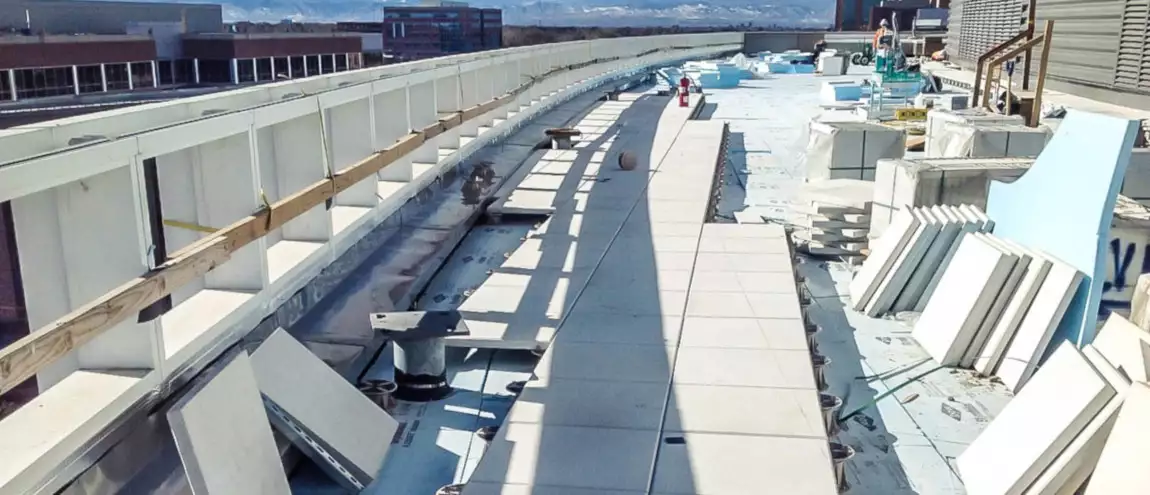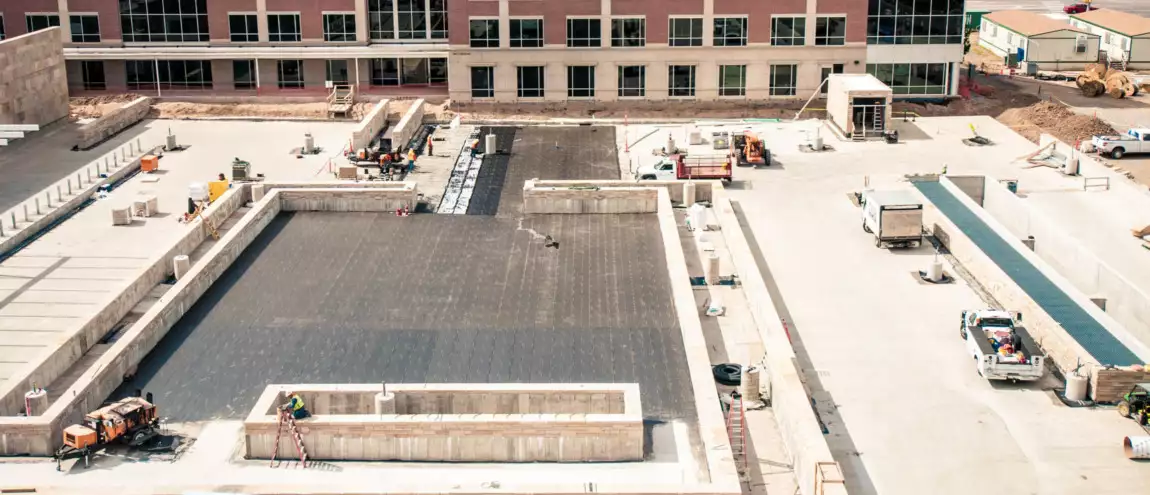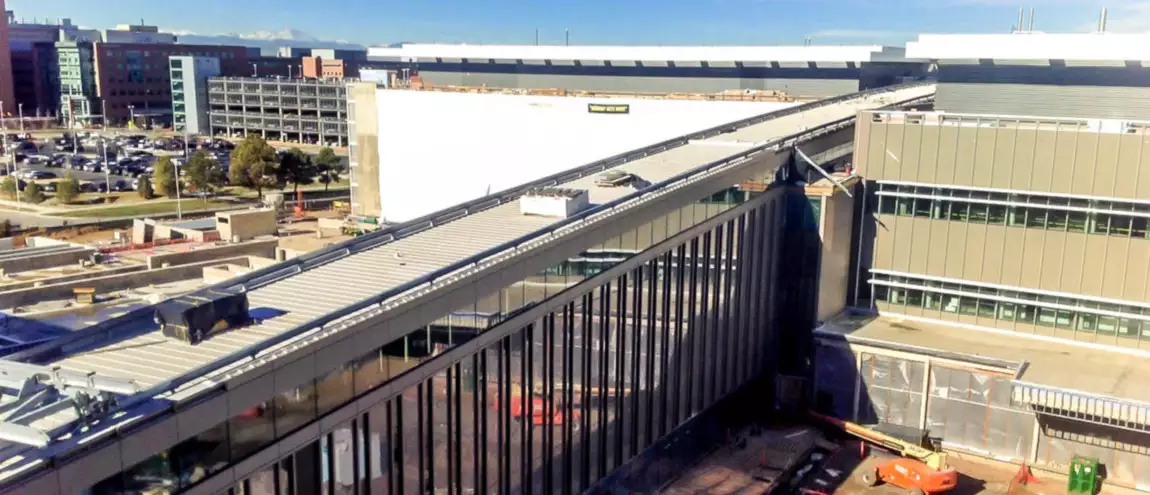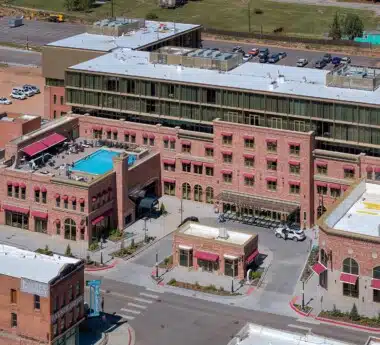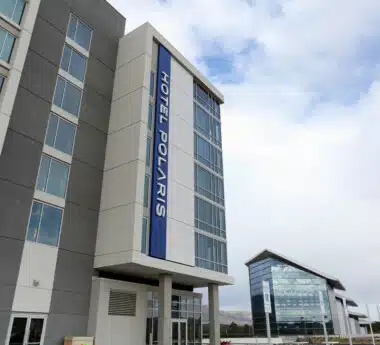VA
In accordance with the VA’s commitment to serving veterans, Douglass Colony was committed to providing quality service, materials, and expertise in completing its scope on this gargantuan and somewhat formidable project. It would be hard to say if Douglass Colony had ever faced a project more challenging, testing, and controversial than the Veteran’s Administration Replacement Hospital. Yet, despite a scope of daunting magnitude and the shocking duration of the project, Douglass Colony stepped up to the challenge.
In its entirety, the VA hospital includes 13 individual buildings, and Douglass Colony completed the roofing, garden roofing, 100,000 square feet of at grade and below grade waterproofing, sheet metal flashing and trim, and 300,000 square feet of damp proofing for all of them. As if the amount of work was not imposing enough, Douglass Colony turned to new, unique, and at times onerous systems and methodologies in order to provide the highest degree of excellence while meeting all of the building and government requirements.
With 13 buildings and over 100 different subcontractors and trades working on the site, the biggest challenge of this job was its sheer size. Such an immense project added a level of complexity not often encountered in terms of things such as coordination with other subcontractors, stocking the job, equipment use, efficiency, and workforce management.
Douglass Colony had to manage hundreds upon hundreds of truckloads as the materials arrived at the site; the insulation alone accounted for fifteen trucks per building, and shipping and stocking 10,000 plaza pavers for each roof was no small task. In order to manage these shipments once they arrived, Douglass Colony purchased its own onsite all-terrain crane to move and stock material where and when it was needed.
For this project, Douglass Colony turned away from conventional roofing systems to an Inverted Roof Membrane Application (IRMA). With this application, the membrane is below the roof insulation to remain protected from thermal degradation and other environmental elements. Two layers of three-inch, high density extruded insulation was installed over the roof membrane (hence the need for so many truckloads of insulation) in order to meet the government requirements. To assure the watertight integrity of the membrane before the installation of any insulation or pavers, Douglass Colony enlisted the help of new technology. An electronic leak detection system scanned all roofing and waterproofing areas before anything could be installed.
Through the challenges, obstacles, and controversies of this project, the cause was worth the
plight. Douglass Colony is honored to have been selected to play such a major part in making this hospital a reality to serve the veterans of our great nation and continue the United States’ historic tradition of providing a comprehensive assistance program to the people who have given us so much.

